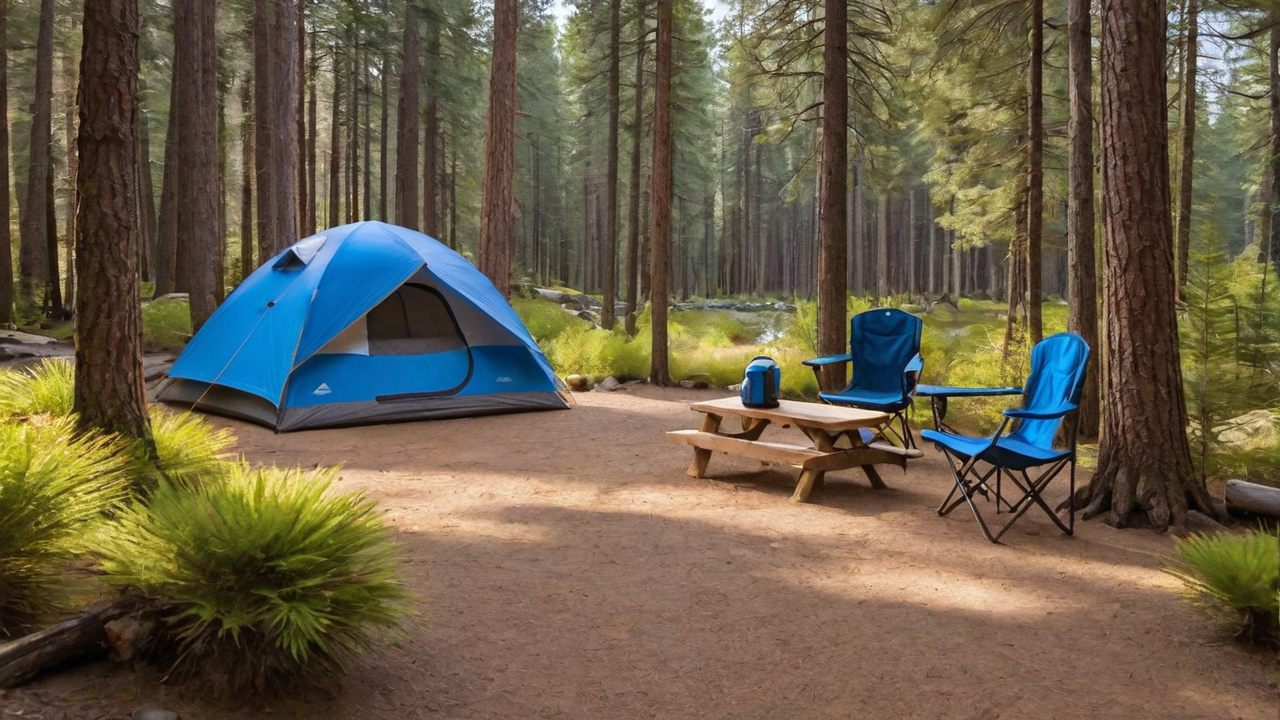Creating an Optimal User's Interface: Design Guidelines for Camping Software
Creating an Optimal User's Interface: Design Guidelines for Camping Software
Blog Article

Grasping Your Audience
Identifying which your target audience are vital in crafting an effective user experience. It is crucial to take into account their needs, preferences, and tech competence. Such knowledge leads every designing choice, guaranteeing that your program becomes accessible and easy to use.
Knowing the users likewise means recognizing the difficulties and how they plan to use your camping software. It allows the designers to tailor features and functionalities that meet specific requirements, thus making the software not only useful but also essential.
Streamlining the Navigation
Simplifying your navigation system is one major component of user interface design. An straightforward navigation structure ensures visitors can quickly find what they're searching for, minimizing frustration and improving satisfaction levels. It's about the journey through the software as smooth and effortless as possible.
Moreover, a well-designed navigation leads visitors through your software, emphasizing features and capabilities that they otherwise would miss. This an approach not only boosts user experience but also encourages deeper interaction with the campground software's full range of capabilities.
Integrating High Quality Graphics
Graphics play an important role in designing an appealing user interface. They assist in breaking text and can also illustrate features in a more effectively than text alone. Choosing the correct graphics, icons, and colors can greatly enhance the appearance of the software, thereby making it more appealing to your users.
Furthermore, a consistent visual style is for creating a strong brand identity and trust among your users. Every element must be in alignment with the brand's principles and the message of your application, creating a seamless experience that is both professional and welcoming.
Improving the Responsiveness
In today’s online world, people demand campground software to be fully responsive on every devices, from desktops to mobile phones. An adaptive design guarantees that no matter of the device size, the application provides an optimal user experience. It not only improves accessibility but also caters directly to your audience's mobile lifestyle.
Furthermore, improving your software’s responsiveness can lead in improved speed, reducing load times and preventing user frustration. Visitors appreciate a fast and efficient interaction when using camping software, making performance a vital component in user satisfaction.
Optimizing the Search
Locating info efficiently is key in any software, particularly in campground software systems. Enhancing the search functionality enables visitors to quickly discover exactly what they're looking for, which improves user satisfaction and productivity. Through advanced search capabilities, you reduce the frustration and boost general satisfaction.
Furthermore, advanced search options like filters and tags can assist in narrowing down search results, making it search process more efficient. Implementing these features shows an understanding of the user’s needs and an effort to enhancing the user’s interaction with your campground system as smooth and productive as possible.
Prioritizing Security
Security must be a top priority when it comes to developing campground programs. Your users expect to be secure when providing their personal information. Ensuring robust security measures not only protects the data but also builds trust between the user and the brand.
Beyond basic protections like strong passwords and data encryption, it's important to consider implementing additional options such as two-factor authentication or biometric security logins. Such measures provide additional layers of protection, further ensuring that customer information is held secure from unwanted access.
Utilizing User Feedback
Gathering feedback is essential for the continual development of any campground program. It enables the developers to see what is working, what doesn’t work, and how their application can be bettered to meet user needs. This feedback creates a sense of community between the users and the team, which makes them feel like they are actively a part of your software’s journey.
Taking feedback effectively can lead in significant improvements in UI designs and the overall UX. Making changes based on real feedback shows that the company values its customers and is dedicated to providing a superior experience.
Keeping Simplicity
In design, simplicity is fundamental. An unnecessarily complex interface can overwhelm users, leading in an negative UX. Simplicity, on the hand, makes the software more intuitive and user-friendly. It promotes more user engagement and satisfaction.
Furthermore, keeping the simplicity should also extend to the content and functionality. Avoiding unneeded features that don’t add real value can help ensure that your interface remains clean and focuses on meeting the core needs of your end-users. By doing so, you can craft a more effective find more UX that appeals with your target audience.
Report this page